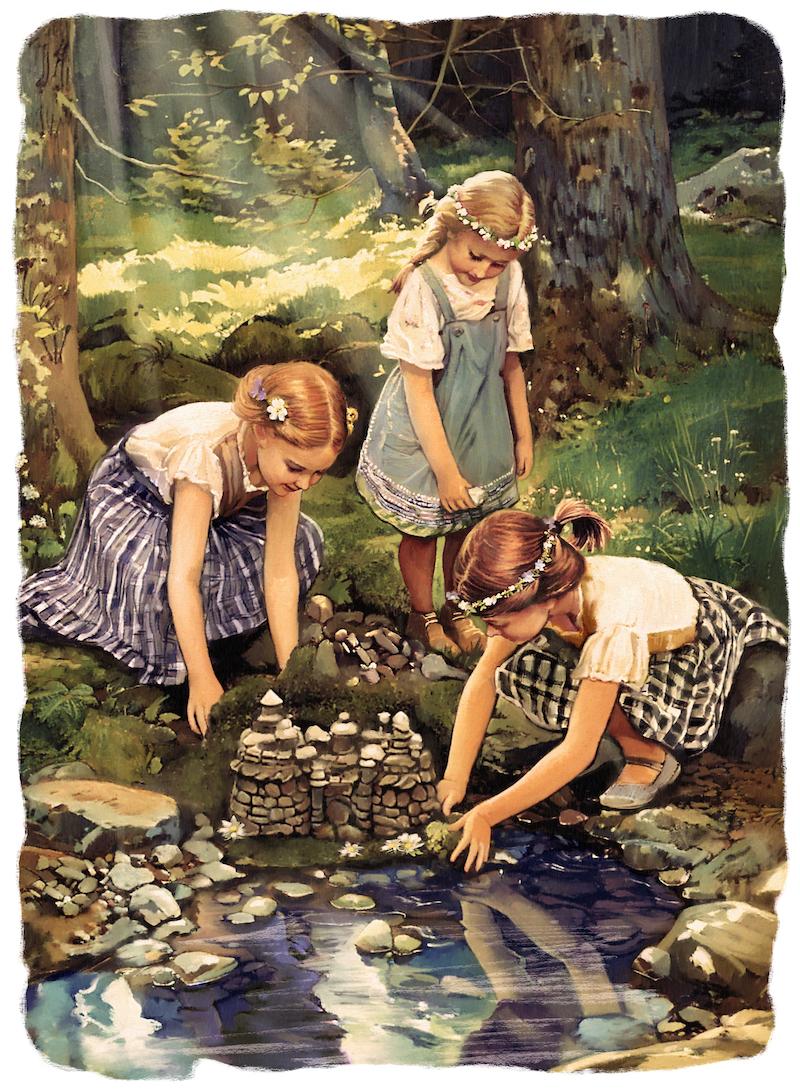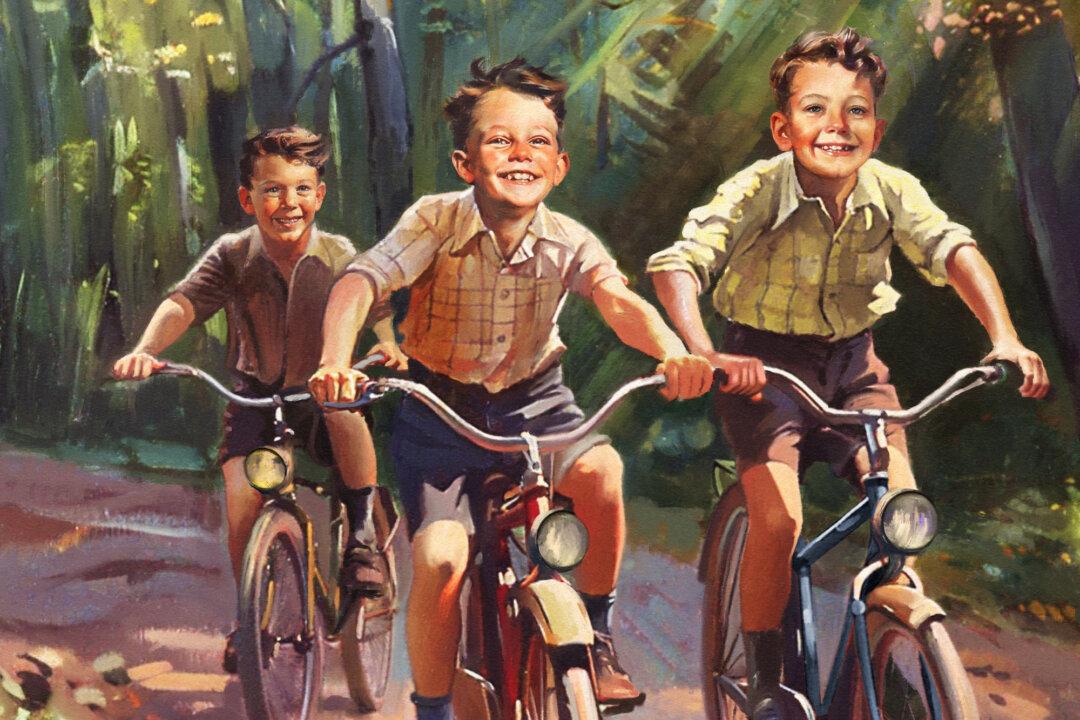As was true for so many of my generation, summer in my preteen years was spelled O-U-T-D-O-O-R-S. Unless it was raining, the kids in my neighborhood spent the bulk of their daylight hours outside. We were happy with this exile, and so were our mothers.

Unstructured outdoor play allows children to engage in creativity and imagination. Biba Kayewich






